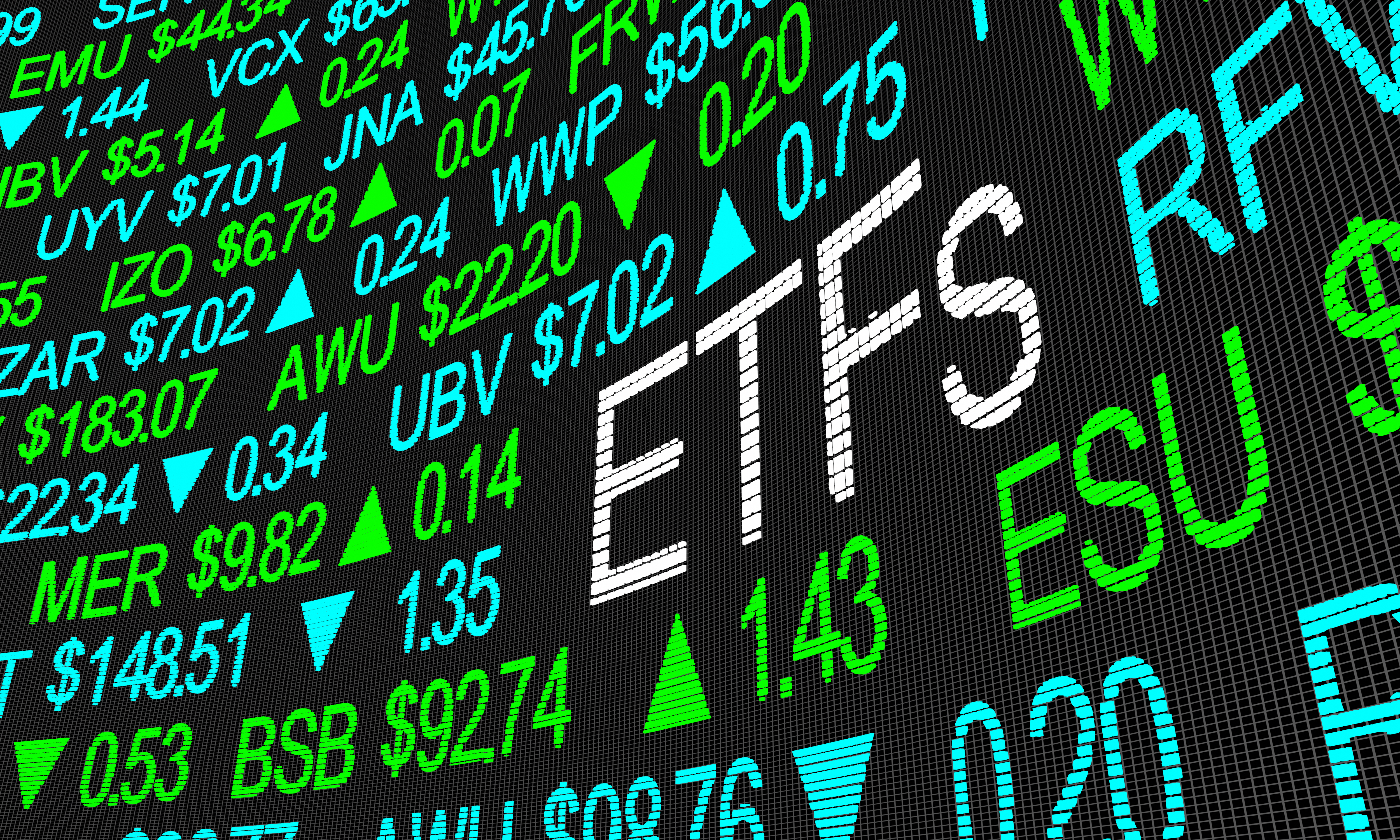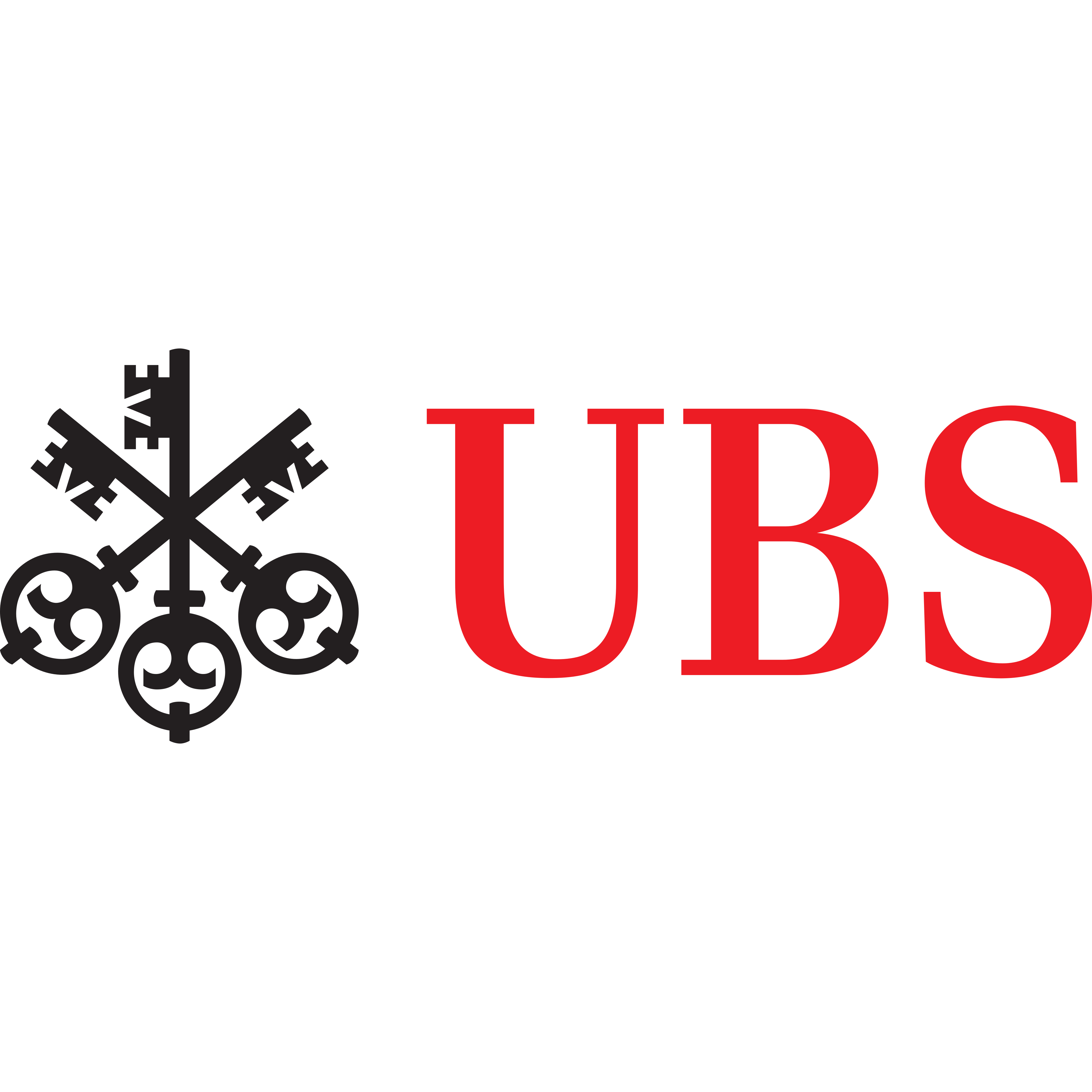Analysts at UBS have predicted the penetration of passives is set to slow over the next five years as the market heads to an equilibrium creating more opportunities for alpha generation, however, the big question arising from this is why anyone is still bothered about comparing active and passive.
In the research, the Swiss bank said 2020 had been a standout year for active managers amid the sharp rise in volatility and winners and losers becoming more pronounced.
The note added: “As the penetration of passive products increases in the US, we believe the opportunity for alpha generation by active equity managers improves.
“Because passive funds are price-takers, any flows into passive products have a tendency to exacerbate any mispriced equities. As a result, we believe we are close to achieving equilibrium in terms of passive penetration in the US equity markets.”
One problem is around definition. Are passives defined as rules-based strategies that simply track an index? If this is the case, then smart beta and thematic ETFs that are active in design but still follow an index would make the cut.
Furthermore, investors demand outcome-orientated solutions. Any portfolio has room for both true active and passive strategies depending on the exposure – see the efficiency of the US market as an example of where active managershave traditionally struggled.
Instead of worrying about the growth of passives, the key for us atETF Streamis the vehicle investors choose to access different markets.
While the ETF market in Europe is still very much in development –see non-transparent ETFs– the mutual fund structure remains the vehicle of choice for many investors, especially in Europe.
There are structural challenges that the European ETF market faces, as highlighted by the UBS analysts. “The fund distribution framework in Europe is more geared toward proprietary/partner funds being sold through banking channels versus the US where distribution is driven more by open architecture models. We estimate 70% of fund sales in continental Europe are through commercial bank channels compared to less than 10% in the US.”
This is one area that regulators need to address. The remuneration model is rampant across Europe meaning banks push investors into more expensive strategies i.e. active mutual funds.
However, the shift from mutual funds to ETFs will continue as investors take advantage of the benefits the latter vehicle offers.
The crucial advantage is around liquidity. The secondary market means ETFs have an added layer of liquidity which reduces the risk of a fire sale and a run on the fund. If a mutual fund suffers significant redemptions then it has to gate – possibly the worst outcome for investors – as highlighted by the numerous examples down the years; Neil Woodford, GAM, H20 Asset Management to name just a few.
Bank of England: ETF trading in secondary market lowers risk of fire sale
There are other factors a play such as the intraday trading on offer compared to the archaic trading mechanism for mutual funds, a structure that is approaching its 100-year anniversary in 2024.
Active and passive will continue to be compared despite the debate being old and stale. The key is for investors to focus on the structure once the exposure has been decided.
One risk the passive industry does need to be wary of, however, as documented here, is the potential for ETF ownership of companies to create anti-competition risks. But that is another discussion entirely!



